

Magic Arrow Puzzle — 3D Geometry
source link: https://shift.infinite.red/magic-arrow-puzzle-3d-geometry-50fa2844d65
Go to the source link to view the article. You can view the picture content, updated content and better typesetting reading experience. If the link is broken, please click the button below to view the snapshot at that time.
Soooooooo, why does that little disc work the way it does?
I’ve broken it down into four concepts that build a crystal clear explanation. If you’re done trying to explain the concept and you’d like to hear me go at it, read on!
Concept 1 — Being Two-Faced
If you were to hold the top and bottom spikes and spin the star coin in your hand like so, it would show you the front and back of the coin. And as you can see the arrows point in the same direction, so the front and back of the coin are the same.
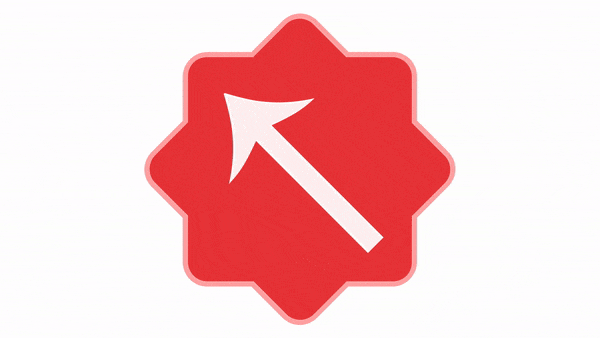
Wrong. The very fact that the arrow is not changing proves that the front and the back are different. This is the real heart of how this all works. If they were the same, a flip along the axis would “mirror” the arrow, like so:
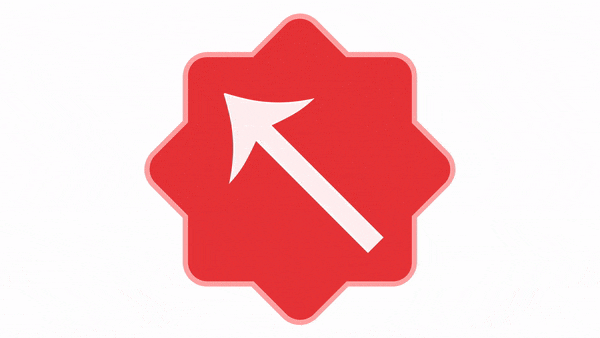
This shows that (as stated in the video) the front and the back are pointing in a different direction. From thinking about it for a minute, you can ascertain they are 90° off from one another. You will always see a right angle of what is presented to the spectator. The camera sees one thing while the magician sees another.
The key take-away for Concept 1 is to remember that the front and back are printed 90° different.
Concept 2 — Only one side is modified
We can simplify this problem by paying attention to the moving part, the back of the coin that faces the magician.
Most coins have two different designs. Part of why we don’t really understand this magic trick is it’s not often you see a coin that’s pretending to be the same thing on the front and back. We already know from Concept 1 that they aren’t the same. So it’s a lie to pretend that anything that happens to the front matters.
The front could have anything we want printed on it. The only thing that matters is what’s happening to the back. The magician never shows us what happened to the front after the flip, so just discard the front entirely.
Currently, the ONLY purpose of the front is to show us a starting point when he rotates it 90°, but we can just look at the back for a starting point!
Don’t use the front, it’s confusing. So let’s fix this. From now on, imagine that there is an arrow-shaped hole in the coin as it rotates in 3D space. This is how we can ALWAYS see what’s going on with the arrow as it moves through 3D space, and it enforces the front and back are now uniform. We can do this because we don’t care about the front anymore.
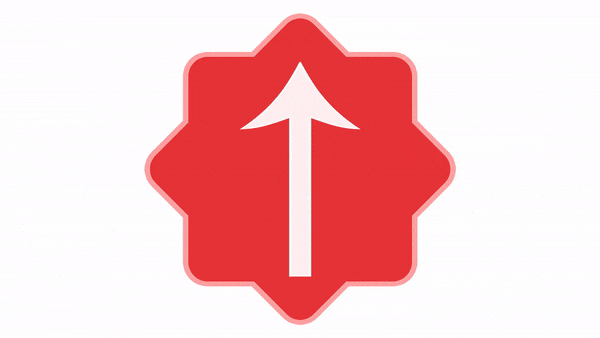
The main takeaway for Concept 2 is that the back is the only part that we see after the coin flips, so we can just care about the before and after of that side with regards to motion.
Concept 3— Flip Axis Matters
The printed arrow is bisymmetric. That means, that it is composed of two halves that are “mirror” versions of one another. If I had to say it as nerdtastic as I could, “a transposition along the axis of symmetry would end with a result that exactly resembles the original.”
i.e. Flipping the arrow along the symmetry puts it on the other side looking nothing happened. For this diagram, we are following the hole we made in Concept 2.
You can think of this flip, as similar to the flip you see in a mirror.

Animating the arrow-shaped hole in the coin, flipping along this axis would look like nothing happened.
NOT ALL FLIPS ARE EQUAL!
The above only works when the flip happens along the axis of symmetry for the bisymmetric symbol. If you chose to flip it the other way, you would notice a reversed image.
If you had a coin with an arrow-shaped hole, flipping vertically along a horizontal axis, you’d have an arrow inverting at each flip. So you’d notice something happened!
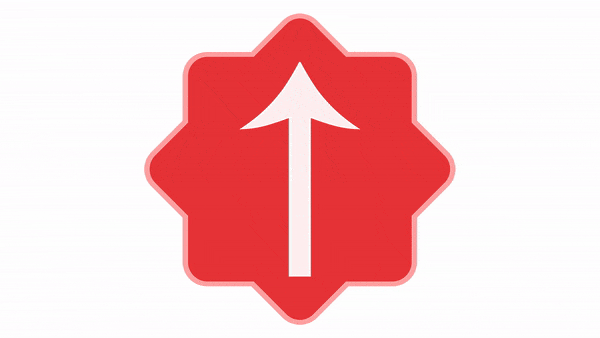
Flipping an arrow only affects the arrow when you flip OFF the symmetric axis. Flipping off the axis causes a 180° rotation in our arrow in each flip.
Wow! We sure are lucky that mirrors only flip horizontally since humans are bisymmetric like that arrow! Could you imagine if you looked in a mirror and saw your feet? Why do mirrors only flip horizontally? While this isn’t critical to understanding the magic trick, your nerd brain is now hungry to understand why mirrors work the way they do, and here’s the answer.
The key takeaway for Concept 3 is that flipping on a given axis of the coin may or may not have a noticeable change so the axis matters.
Concept 4 — Semi-Axis = Flip & Turn
The magician always flips the coin on a diagonal axis, and we’ve only covered what happens when flipping exactly on-axis, and perpendicular to the symmetric axis. This is a bit like a flip and turn all rolled into one.
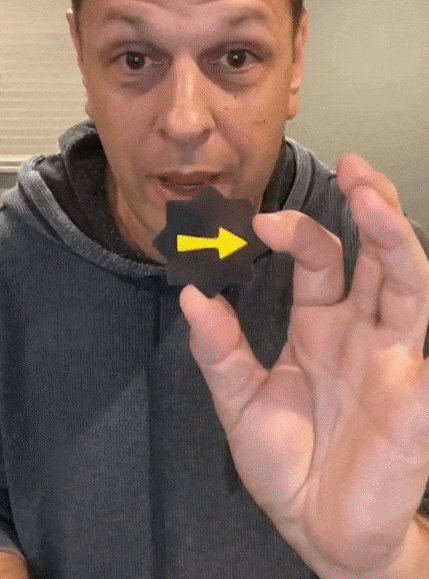
A simple way of explaining this would be that he’s flipping the coin between the two axes. Can you guess what the effect is?

You’re right, it’s 90° (halfway between 180 and 0). Watch the arrow-shaped hole coin do plus 90° and then minus 90° forever with this flip. The arrow is eternally making a right angle.
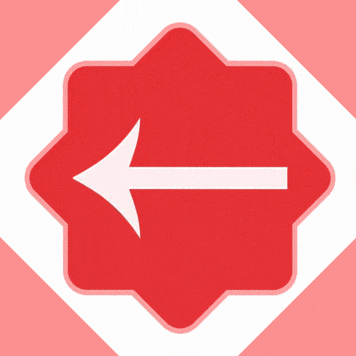
Put it all together
The magician sees an arrow pointing up. When flipped the up arrow moves 90° (by Concept 4) to point to your right.
Then the magician moves it 90°. The arrow you see is pointing up, but the arrow he sees is pointing to his left. This moves -90° due to how it is flipped and now points up to you facing up. As you know from Concept 3, the axis matters, and from Concept 2, only the back configuration matters.
Still feel confused? We can make it add up if you’d like.
Now you know the back is changing 90°, but you might be eager to relate this change back to what you’ve seen on the front of the coin. We can do that pretty easily.
Instead of flipping semi-axis, let’s use his wrist to enforce only axis flips. We can take a look at his wrist and turn it into two motions. He’s essentially flipping his wrist (a vertical flip on the horizontal axis) and turning the coin 90°. So this gives us the same hand motion, but in two ON/OFF axis flips
Now it’s simple math.
1st time: Start with the arrow pointing up
Flip off-axis = 180° effect
Rotate 90° = 90° effect
1st Result: 270° total effect from origin.
2nd time: Start with arrow pointing side
Flip on-axis = 0° effect (Concept 3)
Rotate 90° = 90°
2nd Result: 90° total effect from origin
Now bring it back in relation to the front! How much is the front different from the back? By 90°! Subtract that 90° from each result and you get front-to-back differences.
The first time:
270° Result minus 90° print off from what was shown in front = 180° difference in presentation. The arrows point in two opposite directions!
The second time:
90° Result minus 90° print off from what was shown in front = 0° difference in presentation. The arrows point in the same direction!
Recommend
About Joyk
Aggregate valuable and interesting links.
Joyk means Joy of geeK